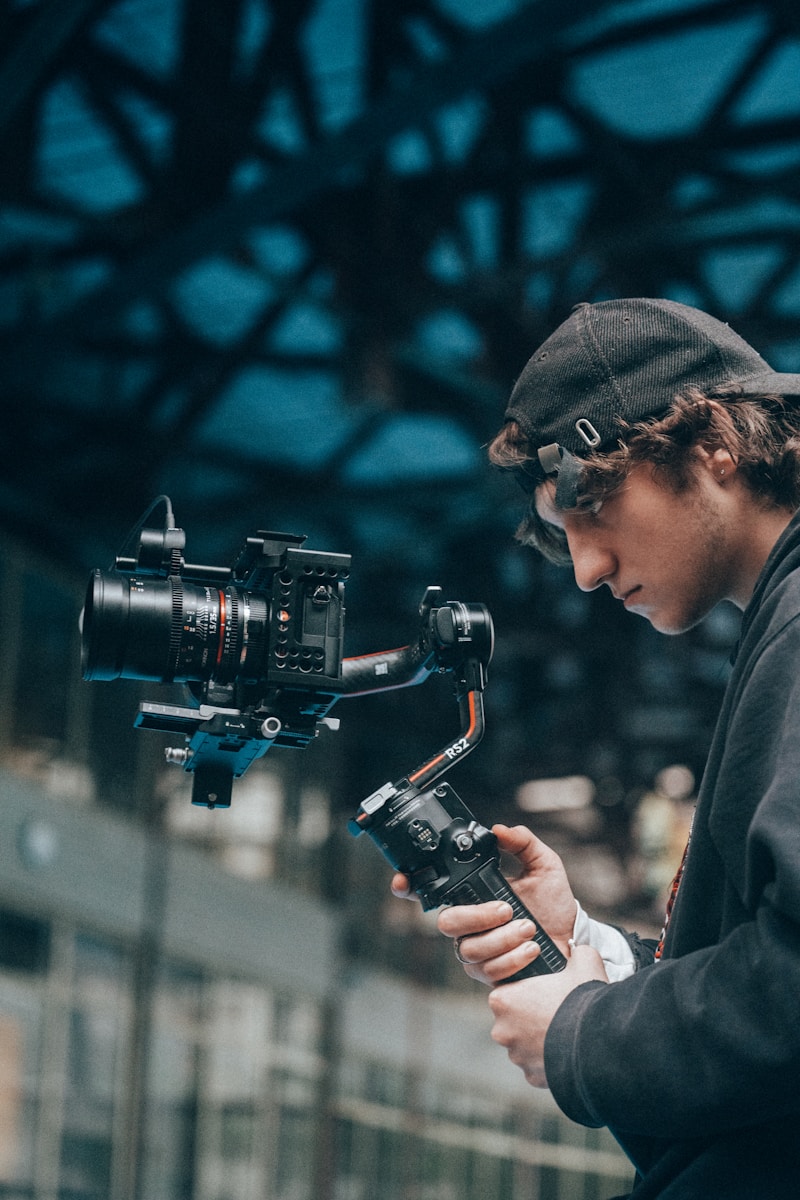Natural Light Photography Magic: Capturing the Essence of the Moment
Introduction to Natural Light Photography
Natural light photography is a captivating art form that enables photographers to harness the beauty of sunlight to create stunning images. This technique allows for a sense of realism and vibrancy that artificial lighting often struggles to replicate. In this article, we will explore the fundamentals of natural light photography, including techniques, tips for enhancing your images, and the magic it brings to your creative endeavors.
The Magic of Using Natural Light
Natural light can transform an ordinary photograph into something extraordinary. The way sunlight interacts with various elements of a scene adds depth, warmth, and a touch of enchantment that is hard to duplicate. Whether it’s the golden hour glow or the soft, diffused light on an overcast day, understanding how to work with natural light is essential for any photographer.
Types of Natural Light
| Light Type | Description |
| Golden Hour | The hour after sunrise and before sunset when the light is warm and soft. |
| Blue Hour | The period of twilight before sunrise and after sunset, where the light is cool and serene. |
| Overcast Light | Diffused light on cloudy days creates soft, even illumination. |
| Backlighting | Light coming from behind the subject which can create silhouettes or highlight edges. |
Why Choose Natural Light Photography?
Choosing to work with natural light offers several advantages. First, it is readily available and cost-effective, meaning photographers do not need to invest in expensive lighting equipment. Second, natural light provides a level of authenticity that resonates well with viewers. Lastly, natural light photographs often evoke emotions and can tell a compelling story, making them incredibly impactful.
Key Techniques for Harnessing Natural Light
To effectively capture the magic of natural light, photographers should delve into various techniques that will enhance their work. Understanding these methods can elevate your photography game:
1. Understanding the Direction of Light
Observing the direction of light is crucial. Morning sunlight is typically soft and warm, perfect for portrait photography, while late afternoon sunlight adds rich tones. Adjusting your subject’s position in relation to the light source can dramatically change the outcome of your photos.
2. Utilizing the Golden Hour
Photographers often flock to capture images during the golden hour. The warm tones and soft shadows during this time can make portraits and landscapes come alive. To make the most of this magical light, arrive at your chosen location in advance and experiment with various angles.
3. Using Reflectors
Sometimes, natural light can be insufficient or uneven. In these cases, using reflectors can help bounce light back onto your subject, illuminating shadows without the need for artificial light sources.
4. Experimenting with Silhouettes
Backlighting can create striking silhouettes. Position your subject between the light source and the camera, focusing on the outlines and shapes rather than details. This technique can evoke strong emotions and creative expressions in your photography.

Editing Natural Light Photography
Post-processing is essential in enhancing natural light photographs. Even the best-captured images can benefit from adjustments. Here are some editing tips:
1. Adjusting Exposure
Fine-tuning exposure can help preserve details in highlights and shadows. Be careful not to overexpose or underexpose your images, as this can detract from the natural beauty of the light.
2. Enhancing Colors
Natural sunlight often enhances colors. Use editing software to boost saturation and contrast subtly. This will maintain the original feel of your photograph while making colors pop.
3. Cropping for Composition
Cropping can help in emphasizing your subject. Make sure to follow the rule of thirds and ensure the main element is in a position that draws the viewer’s eye.
Exploring Different Locations for Natural Light Photography
The environment you choose plays a significant role in your natural light photography. Different locations can yield varied lighting conditions and picturesque backdrops. Here are a few suggestions:
- Urban Settings: Street photography thrives in cities where natural light interacts with architectural lines.
- Nature: Parks, beaches, and mountains can provide stunning landscapes, especially during golden and blue hours.
- Indoors: Large windows allow natural light to flood indoor spaces, creating beautiful light patterns and interesting shadows.
Common Questions About Natural Light Photography
What is the best time for natural light photography?
The best time is typically during the golden hour—early morning after sunrise or late afternoon before sunset. However, it can vary depending on the location and the desired effect.
What equipment do I need for natural light photography?
While you don't need any specific equipment for natural light photography, a good camera with manual settings, a standard lens (like a 50mm), and a reflector can greatly aid in achieving desired effects.
Can I photograph indoors using natural light?
Absolutely! Indoor spaces with plenty of windows can provide beautiful natural light. Pay attention to how the light moves throughout the day and experiment with different room settings.
Conclusion
Natural light photography is a powerful medium that captures the essence of moments in a way that artificial lighting often cannot. By understanding the different types of natural light, employing key techniques, and practicing post-editing, photographers can create stunning works of art that resonate with viewers.
Remember, the magic of natural light photography lies not just in technical prowess but also in the ability to connect emotionally with your audience. So grab your camera, embrace the outdoors, and let the natural light inspire your next photo session!